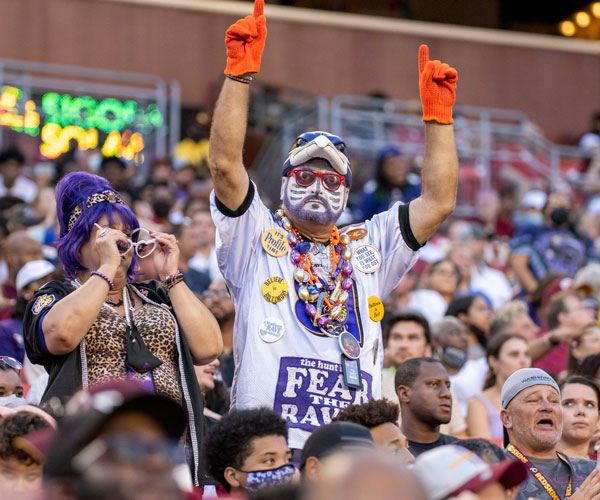So when the editors asked if I would write a few words about the ’70s, I told them the “few words” part was the only problem. If they wanted, I would be happy to give a day-to-day account of the decade in which Cleveland began as a national joke, proved we deserved the title, then put in place a plan that would make us one of the great comeback stories of American cities.
Cleveland in the early ’70s was a psychiatrist’s dream. All we could talk about was our inferiority complex. We could have dismissed all the talk by just admitting we were inferior. The Cuyahoga River caught fire in 1969, Lake Erie was declared officially dead in 1970 and in rapid-fire succession (forgive the pun) Cleveland Mayor Ralph Perk caught his hair on fire while using a welding torch to cut a ribbon at a campaign event and his wife refused to attend a White House dinner because it was her bowling night.
How were we to know this was a great time to launch a magazine? Turns out Clevelanders were desperate to find positive things happening here. A slick, glossy magazine — just like city pubs in New York, Boston and Chicago — was just the answer. More than one investor would say as he wrote the check: “Are you sure you don’t want more money?”
Ironically, it was Cleveland’s miserable state of affairs in the late ’70s that led to 20 years of unparalleled progress and optimism. Contrary to the opinion many hold of Dennis Kucinich today, it can be argued he defined the decade. Unfortunately, not in the way he intended. He was elected mayor in 1977, avoided recall by 236 votes just nine months later and then put the city into default on Dec. 15, 1978. His performance galvanized city leaders to form a public-private partnership that would result in the election of George Voinovich as mayor and a solid plan to put the city on the road to recovery. It was to be a comeback so startling it became a case history at Harvard.
Lute Harmon Sr.



